Educational Content at Scale with AI Video
Case Study: How an online learning platform created 200+ educational videos using AI, reducing production time by 75%
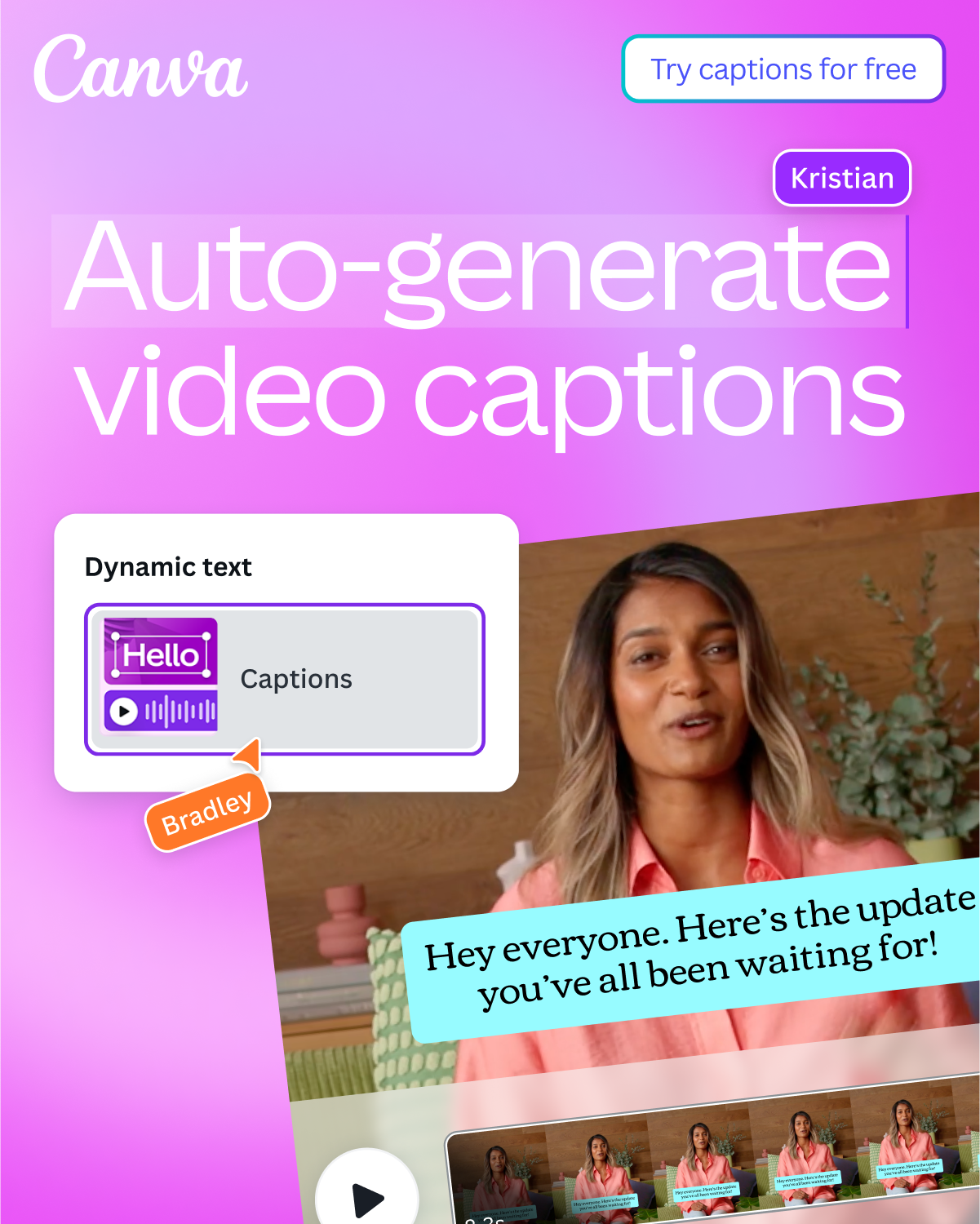
Organization
EduSpark Learning
Industry
Online Education / E-Learning
Challenge
Scale video content production across multiple subject areas with limited resources
Solution
Compeller AI platform for AI-assisted video creation
Results
75% reduction in production time, 200+ videos created, 42% improvement in student engagement
Background: The E-Learning Content Challenge
EduSpark Learning is an emerging online education platform specializing in STEM (Science, Technology, Engineering, and Mathematics) courses for middle and high school students. Founded by a team of educators passionate about making quality education accessible, the platform faced significant challenges when attempting to scale their video content production.
With a growing user base and demand for courses across multiple subject areas, EduSpark needed to rapidly expand their video library without compromising educational quality or visual engagement. Their traditional video production process, which involved script writing, filming with instructors, animation creation, and post-production, was proving too time-consuming and costly to scale effectively.
"Our instructors are experts in their fields, but they're not professional video producers or on-camera personalities. The traditional filming process was time-intensive and often yielded inconsistent results. We knew there had to be a better way to scale our content without sacrificing quality or exhausting our team."
— Dr. Maya Singh, Director of Curriculum at EduSpark Learning
The Challenge: Scaling Educational Video Production
EduSpark faced several specific challenges related to their educational video content:
Production Bottlenecks
Traditional video creation required coordinating instructors, video crews, and post-production teams, creating significant scheduling challenges and delays.
Visual Consistency
Maintaining consistent visual quality and style across different subject areas and instructors was difficult with traditional production methods.
Visual Explanation Complexity
Certain STEM concepts required complex visualizations that were costly and time-consuming to create with traditional animation.
Content Updates
When curriculum updates were needed, re-filming entire videos was prohibitively expensive and time-consuming.
The Solution: AI-Powered Educational Content Creation
After exploring various options, EduSpark implemented Compeller AI as their primary video production platform. This decision was based on several key capabilities that addressed their specific challenges:
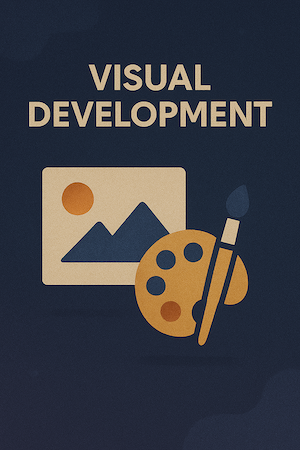
Text-to-Video Conversion
Compeller AI's ability to transform educational scripts directly into engaging visual content eliminated many production bottlenecks:
- Subject experts could focus on content creation rather than video production
- Complex concepts could be visualized directly from textual descriptions
- Production schedules were no longer dependent on instructor availability
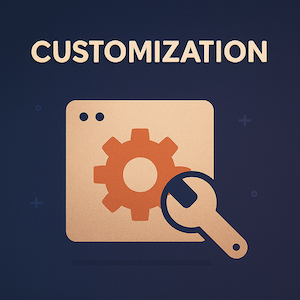
Subject-Specific Templates
The team created specialized templates for different STEM subjects:
- Physics templates with settings optimized for motion and force demonstrations
- Chemistry templates designed for molecular visualization
- Biology templates focused on cellular and anatomical illustrations
- Mathematics templates with formula visualization capabilities
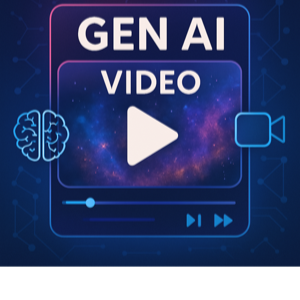
Brand-Consistent Visuals
The platform enabled consistent visual styling across all educational content:
- Standardized color schemes matching EduSpark's brand identity
- Consistent animation styles and transitions between concepts
- Uniform text styling and information presentation
- Age-appropriate visual complexity for target student demographics
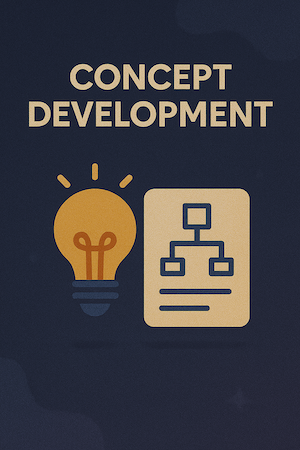
Learning-Optimized Structure
Videos were structured specifically for educational effectiveness:
- Concept introduction with visual anchors
- Progressive complexity building through visual transformations
- Visual summaries reinforcing key concepts
- Consistent knowledge check animations at optimal intervals
Key Advantage: Compeller AI's Educational Visualization Capability
The EduSpark team found that Compeller AI's ability to create accurate visualizations of complex scientific and mathematical concepts was particularly valuable. The platform could generate animations explaining everything from cellular mitosis to planetary motion with remarkable accuracy, directly from detailed textual descriptions.
Implementation Process
EduSpark followed a structured implementation approach to maximize efficiency and educational effectiveness:
-
Content Strategy Development
Created a comprehensive curriculum map identifying key topics requiring video content across all subject areas, prioritized by student need and curriculum sequence.
-
Template Creation and Testing
Developed subject-specific video templates in Compeller AI, testing effectiveness with focus groups of students and educators before scaling.
-
Content Team Restructuring
Reorganized the content team, shifting from a video production focus to a content development approach, with subject matter experts creating detailed concept descriptions rather than scripts for on-camera delivery.
-
Production Workflow Establishment
Created a streamlined workflow where subject experts developed concept descriptions, AI teams transformed these into visual content, and educational designers reviewed for pedagogical effectiveness.
-
Quality Control Integration
Implemented a systematic review process ensuring all AI-generated content met educational standards, with subject experts verifying accuracy and student testers confirming comprehension.
-
Platform Integration
Integrated the new video content into EduSpark's learning management system with appropriate metadata tagging for searchability and curriculum mapping.
Results: Transforming Educational Content Production
The implementation of AI-generated educational videos using Compeller AI delivered significant results for EduSpark Learning:
"We expected efficiencies in production, but what truly surprised us was the improvement in student engagement. The consistency in visual quality and the ability to create more dynamic, visually rich explanations of complex concepts significantly improved student comprehension and retention. Our test scores in subjects with AI-generated content improved by an average of 23% compared to previous traditional video methods."
— James Rodriguez, CEO of EduSpark Learning
Educational Impact Analysis
Beyond the production efficiencies, the EduSpark team conducted detailed analyses of the educational impact of the AI-generated content:
Learning Retention
Comparative assessments showed improved concept retention with AI-generated videos:
- 27% higher recall of key concepts after one week
- 34% improvement in concept application to new problems
- Particularly strong improvements for visual-spatial concepts in physics and chemistry
Student Engagement
Analytics revealed significant improvements in student interaction:
- Average viewing completion rate increased from 67% to 88%
- Reduction in video pausing and rewinding, suggesting improved clarity
- Higher voluntary re-watching rates for review before assessments
Accessibility Improvements
The AI approach enabled better educational accessibility:
- Consistent closed captioning in multiple languages
- Visual clarity adjustments for students with visual processing differences
- Consistent pacing benefiting neurodivergent learners
Teacher Feedback
Educators reported significant advantages:
- More time for personalized student interaction rather than content creation
- Higher consistency in visual explanations across teaching staff
- Easier curriculum updates as science and standards evolved
Subject-Specific Approaches
Different academic subjects required specialized approaches in Compeller AI:
Chemistry Videos
For chemistry content, the team used Compeller AI's molecular visualization capabilities to show chemical reactions and molecular structures with precise accuracy. They developed specific prompt templates for different chemical concepts, from basic atomic structure to complex organic chemistry reactions.
Biology Content
Biology videos leveraged Compeller AI's ability to create detailed anatomical and cellular visualizations that could be animated to show biological processes like cellular respiration or DNA replication. The team found that using specific biological terminology in prompts produced scientifically accurate visualizations.
Physics Demonstrations
For physics concepts, Compeller AI was especially effective at creating visualizations of invisible forces, fields, and energy transfers. The team developed techniques for showing vector fields, force diagrams, and motion paths that were particularly helpful for students struggling with abstract physics concepts.
Mathematics Visualization
Mathematical content benefited from Compeller AI's ability to create dynamic visualizations of abstract concepts. The team created templates for different branches of mathematics, from algebra to calculus, with specific settings for visualizing transformations, functions, and proofs.
Challenges and Solutions
The implementation process revealed several challenges that required innovative solutions:
Challenge: Scientific Accuracy
Ensuring that all AI-generated visualizations maintained strict scientific accuracy was initially challenging.
Solution: Implemented a detailed scientific review process with subject matter experts and developed specific terminology guidelines for prompts that produced consistently accurate visualizations.
Challenge: Visual Complexity Balance
Finding the right balance between visually engaging content and avoiding cognitive overload for students of different ages.
Solution: Created age-specific templates with appropriate visual complexity levels and conducted regular student testing to optimize visual density for different grade levels.
Challenge: Audio-Visual Synchronization
Ensuring that narration perfectly matched the visual explanations for complex scientific processes.
Solution: Utilized Compeller AI's audio synchronization features to create precise timing between explanations and visual elements, with custom markers for key concept transitions.
Challenge: Educator Adoption
Initial resistance from some educators who were concerned about AI replacing human teaching elements.
Solution: Reframed the initiative as "AI-enhanced teaching tools" rather than replacements, and demonstrated how the technology freed educators to focus on personalized instruction rather than content creation.
Cost-Benefit Analysis
The financial impact of implementing Compeller AI for educational content creation was substantial:
Future Directions
Based on the success of their initial implementation, EduSpark Learning is expanding their use of Compeller AI in several new directions:
Personalized Learning Paths
Creating adaptive video content that adjusts visual complexity and examples based on individual student learning styles and progress.
Interactive Video Assignments
Developing interactive elements within videos where students can manipulate variables in scientific simulations to test hypotheses and deepen understanding.
Multilingual Content Scaling
Expanding their content library into multiple languages to serve international students, using Compeller AI's language adaptation capabilities.
Student-Created Content
Piloting a program where advanced students create their own educational videos using guided Compeller AI templates, enhancing their own understanding through teaching.
"What started as a solution to our content scaling problem has transformed into a complete reimagining of what's possible in digital education. We're now exploring ways to create truly adaptive learning experiences that would have been impossible with traditional video production. The combination of subject matter expertise and AI-powered visualization is opening doors to educational experiences we couldn't have imagined just a year ago."
— Dr. Maya Singh, Director of Curriculum at EduSpark Learning
Key Takeaways for Educators
This case study highlights several important lessons for educational organizations considering AI video generation:
Subject Expertise Remains Essential
AI tools like Compeller AI amplify rather than replace subject matter expertise. The quality of the educational content still depends on the knowledge and pedagogical skill of the educators creating the underlying content.
Visualization Enhances Understanding
The ability to create consistent, high-quality visualizations of complex concepts has significant impacts on student comprehension, particularly for abstract scientific and mathematical concepts.
Production Efficiency Enables Curriculum Agility
The dramatic reduction in production time and cost means educational content can be updated more frequently to reflect curriculum changes, scientific advancements, or student feedback.
Template-Based Approach Ensures Consistency
Developing strong subject-specific templates is key to maintaining educational and visual consistency across a large content library.
Transform Your Educational Content Strategy
Learn how Compeller AI can help your educational organization create engaging, effective visual content at scale.